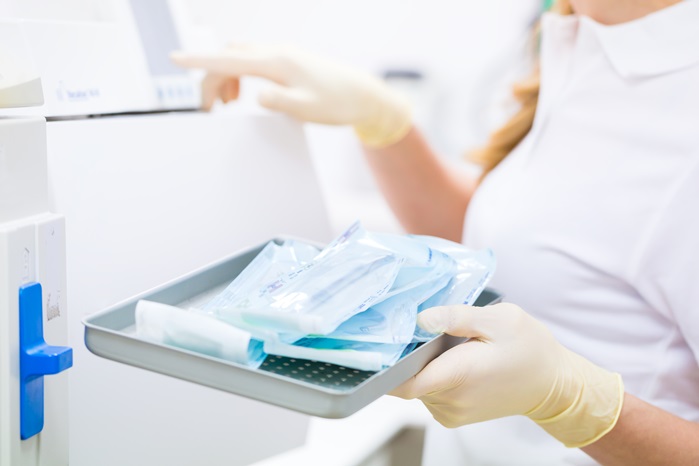
Medical device: The package testing
The packaging of medical devices is an extremely important part of the field of medical services. The storage, handling, and transportation of medical devices after delivery from the factory to the medical staff should be dependent on the packaging protection. Medical device packaging, regardless of appearance, material, structure, manufacturing methods, etc., can directly or indirectly affect the quality of the packaged medical device and even the safety of patients.
Certain types of medical devices on the market need to be completely sterile, such as sputum tubes and wound dressings. After being sterilized in the factory, these medical devices must rely on their packaging or packaging materials to maintain their sterile state during shelf life.
Additionally, due to the importance of medical packaging, the international community has set up a number of international standards, such as ISO 11607, to regulate sterile medical devices to ensure that packaging materials can be effectively sterilized and up to sterilization standards to provide physical protection of the product, maintain the sterility, and keep out microorganisms and other pollution.
Common packaging test items:
- Accelerated Aging Test (ASTM F1980)
- Burst Test (ASTM F1140/ F2054)
- Creep Test (ASTM F1140)
- Seal Peal Test (ASTM F88)
- Microbial Barrier Test (ASTM F1608)
- Dye Penetration Test (ASTM F1929)
Among them, the purpose of the Microbial Barrier Test (ASTM F1608) is to verify whether the pore size of different materials, such as planar fiber cloth, paper material, or film, is enough to block the penetration of bacteria to protect the internal products or the risk of human organism invasion. It is expressed by the 1-to-4 logarithm of log-reduction value (LRV) and 90-99.99% of the microbial permeability spores.
The Microbial Barrier Test is mainly used for sheet materials with a thickness of less than 1 mm or squeezable soft sheets with a thickness of less than 4 mm, such as masks, films, fabrics, sheets, polymeric fibers, and filters.


You must be logged in to post a comment.